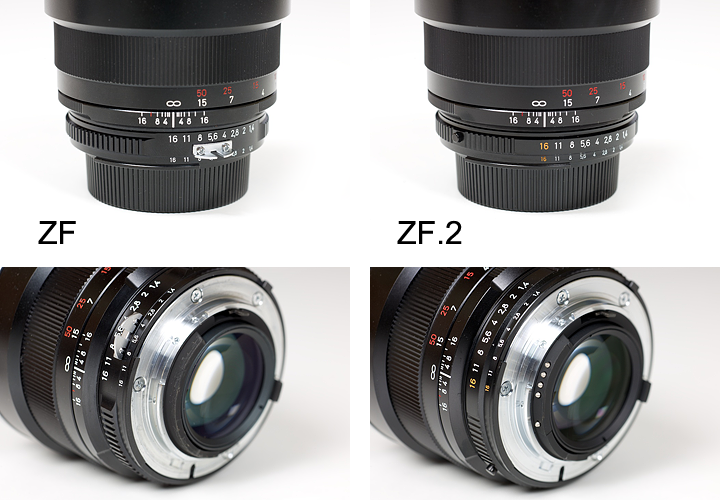|
Page 1 of 3

Review by Markus Stamm and Klaus Schroiff, published February 2011
Introduction
The Zeiss Distagon T* 18mm f/3.5 is the widest prime lens of the Zeiss Z-series.
According to the Zeiss naming convention "Distagon" refers to a "retro-focus" lens based on an asymmetrical design. The asymmetry is necessary to provide the required space for a SLR mirror. The first Distagon lens was introduced in 1953 - a 60mm f/5.6 for the Hasselblad 1000F. The design evolved over time, of course, and it's no longer just used by Zeiss but across the whole industry.
The lens is available for Canon (ZE) and Nikon (ZF, ZF.2) cameras. There also was a K-mount version for Pentax cameras (ZK), however Zeiss decided to discontinue the ZK-line in 2010. In addition, the ZF-line remains available, but is now marketed for industrial applications only.
The lens lives a bit in the shadow of its "legendary" sister lens, the Distagon 21mm. However, it offers a few advantages (besides its wider field of view, of course). It's smaller (well, shorter), lighter and at around 1200 EUR/USD it's also a bit more affordable, but still far from being cheap.

The Zeiss lens is almost surprisingly small and light-weight for a lens in this class and that's despite the full-metal body (brass with chromium-plated brass front bayonet). The build quality is downright exceptional. The supplied lens hood is made of metal as well.
The fluted focus ring feels exceptionally well damped. The front element does not rotate. The physical length remains constant regardless of the focus setting. If anything the front cap leaves something to be desired - it doesn't provide much confidence that it'll stick to the lens if nudged a little.
The 18mm f/3.5 is a manual focus lens just like the rest of the gang. However, the focus indicator in the viewfinder remains active so there's a little guidance here at least.
The front element does not rotate so using a polarizer remains easily possible. However, the filter thread has a diameter of 82 mm and high quality filters of that size can be rather expensive.

The lens features a bayonet to mount the solid metal hood. Unfortunately, the hood can be mounted in three angles, only one of which makes sense (when both the white dot on the hood and the rather tiny mark on the lens are aligned).
ZF vs. ZF.2
The tested ZF version of this lens has no electronic coupling. Consequently, it offers full metering compatibility only with higher grade Nikon DSLRs that allow you to manually enter focal length and maximum aperture for non-CPU lenses. All current FX DSLRs (as of early 2011) offer this feature.
The aperture needs to be set on the lens and can be set in half-stop increments. Technically, ZF lenses correspond to Nikkor Ai-S lenses.

The newer ZF.2 version of the lens features an integrated CPU, which makes it an equivalent of an Ai-P lens. This ensures metering compatibility with all current Nikon DSLRs. When locked at the smallest aperture (marked in orange colour), the aperture can be set on the camera with any current Nikon DSLR (just as with any AF lens that features an aperture ring). There's an unlock button on the lens to release the aperture ring and set the aperture on the lens instead. However, this will lead to an error with lower grade Nikon DSLRs. Only higher grade bodies feature a custom function that allows the aperture to be set this way.
The above image shows the differences between ZF and ZF.2 lenses (using the Planar T* 85/1.4 as an example).
| Specifications |
|---|
| Optical construction | 13 elements in 11 groups, floating system |
| Number of aperture blades | 9 |
| min. focus distance | 0.3 m (max. magnification ratio 1:12) |
| Dimensions | 87 x 84 mm |
| Weight | 470 g |
| Filter size | 82 mm (non-rotating) |
| Hood | petal shaped, metal, bayonet mount (supplied) |
| Other features | CPU and camera controlled aperture (ZF.2 version only) |
|